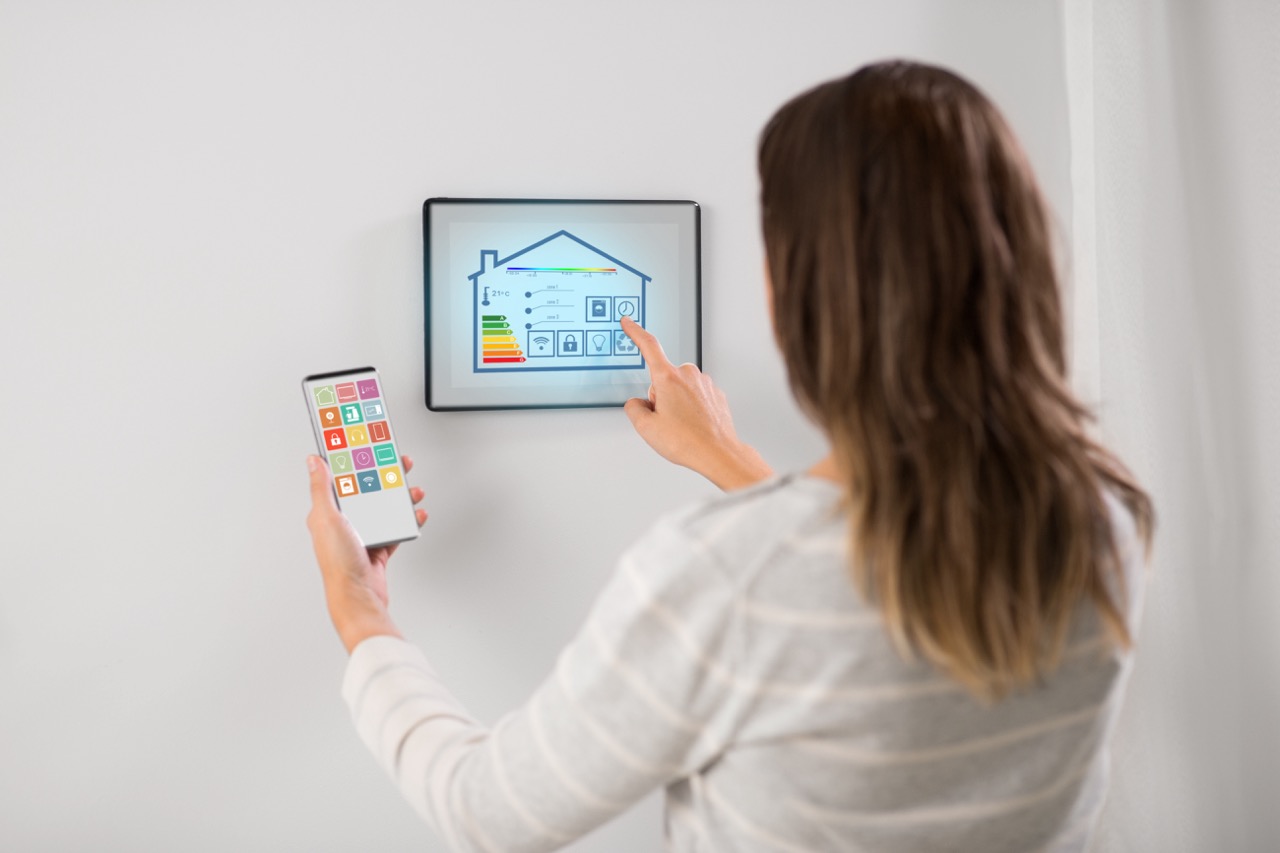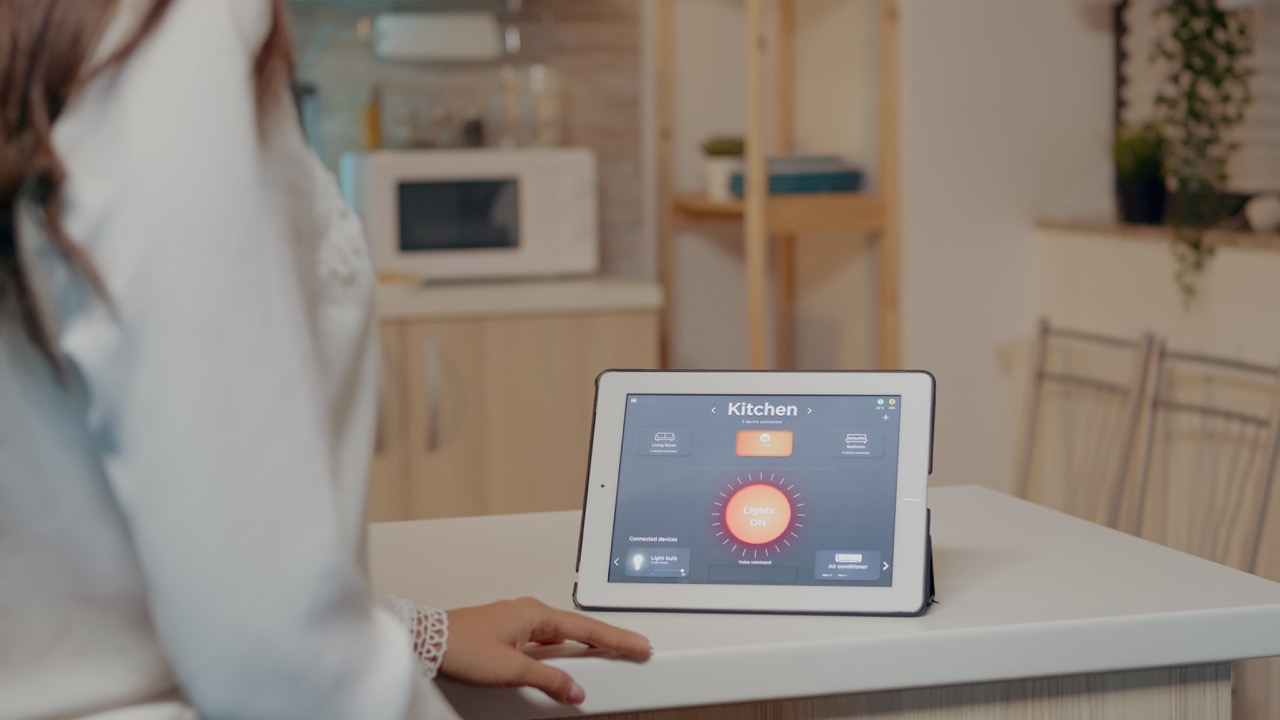In an era where customer experience is paramount, the development of smart retail checkout systems represents a pivotal advancement in the retail industry. This innovative approach not only enhances efficiency but also improves customer satisfaction by streamlining the shopping experience. The team behind these systems comprises a diverse group of experts, each contributing unique skills and perspectives to create a cohesive and effective solution. This article delves into the structure of this innovative team, their key contributions, the challenges they faced, and the future directions for smart retail checkout systems.
Overview of the Innovative Team Behind Smart Checkout Systems
The team responsible for developing smart retail checkout systems is a multidisciplinary group that includes software developers, data analysts, UX/UI designers, and retail industry experts. This diverse composition allows for a comprehensive approach to problem-solving, where technical prowess meets an acute understanding of consumer behavior and retail environments. The collaborative nature of the team fosters an environment where creative ideas can flourish, leading to innovative solutions that address the complex needs of modern retailers.
In addition to technical expertise, the team values a diverse range of experiences and backgrounds. Members hail from various sectors, including technology, finance, and customer service, providing insights that are crucial for creating a user-friendly and efficient system. This diversity not only enriches the team’s brainstorming sessions but also enhances the overall product, ensuring it resonates with a wide array of customers and retailers.
The team also places a strong emphasis on continuous learning and iteration. Regular workshops, training sessions, and hackathons are held to encourage the sharing of ideas and to keep up with the rapidly evolving technological landscape. This commitment to professional growth ensures that the team remains at the forefront of retail technology, positioning them as leaders in the development of smart checkout systems.
Key Contributions of Team Members to Retail Technology
One of the central figures in the team is the lead software developer, whose vision drives the technological innovations of the checkout systems. With expertise in artificial intelligence and machine learning, this member has been pivotal in integrating advanced algorithms that facilitate real-time decision-making and customer interaction. Their work ensures that the system is not only responsive but also capable of learning from user behavior, ultimately leading to a more personalized shopping experience.
Another crucial contributor is the UX/UI designer, who plays an essential role in ensuring that the checkout system is intuitive and user-friendly. By conducting user research and testing, this team member has gathered invaluable insights that inform design choices. Their focus on creating a seamless interface helps to minimize friction during the checkout process, encouraging higher customer satisfaction and retention rates.
Data analysts within the team have also made substantial contributions, using analytics to inform strategic decisions. Their ability to interpret consumer data allows the team to tailor systems based on shopping patterns and preferences. This data-driven approach not only optimizes the checkout experience but also provides retailers with essential insights for inventory management and marketing strategies.
Challenges Faced by the Team in System Development
Despite the team’s diverse expertise, the development of smart retail checkout systems was not without its challenges. One significant hurdle was the integration of various technologies, such as biometric identification, mobile payment solutions, and artificial intelligence. Ensuring that these technologies worked cohesively required extensive testing and troubleshooting, often resulting in delays and increased costs. The complexity of creating a unified system that is both secure and efficient necessitated a lot of collaboration and compromise within the team.
Another challenge faced was the resistance from traditional retailers who were skeptical about adopting new technology. Many retailers were comfortable with their existing systems and hesitant to invest in innovative solutions that required substantial changes to their workflows. The team undertook extensive outreach to educate these stakeholders on the benefits of smart checkout systems, showcasing case studies and conducting demonstrations to alleviate concerns and build trust.
Additionally, the team had to navigate regulatory hurdles related to data privacy and security, especially when dealing with personal customer information. Striking a balance between leveraging data for enhanced customer experiences and adhering to legal requirements was a persistent challenge. The team worked closely with legal experts to ensure that their systems complied with all necessary regulations, which involved ongoing adjustments and updates as laws evolved.
Future Directions for Smart Retail Checkout Innovations
Looking ahead, the team is excited about the potential for further innovations in smart retail checkout systems. One avenue they are exploring is the integration of augmented reality (AR) technology, which could transform the shopping experience by allowing customers to visualize products in their own environment before making a purchase. This feature would not only enhance customer engagement but could also lead to increased sales as shoppers feel more confident in their buying decisions.
Additionally, the team is researching the implementation of more advanced AI algorithms that can predict shopping trends and personalize customer experiences even further. By leveraging predictive analytics, the checkout systems can offer tailored recommendations based on a customer’s past purchases and preferences, creating a more engaging shopping environment. This level of personalization could significantly enhance customer loyalty and satisfaction, positioning retailers for greater success in a competitive market.
Finally, the team is committed to exploring sustainable practices in retail technology. This includes developing systems that minimize waste, such as reducing paper receipts and promoting digital transactions. By aligning with the growing consumer demand for environmentally friendly solutions, the team aims to lead the charge in responsible retail technology, ensuring that future innovations contribute positively to both the economy and the environment.
The innovative team behind smart retail checkout systems has made remarkable strides in transforming the retail landscape through technology. Their diverse expertise, collaborative spirit, and commitment to overcoming challenges have produced a system that enhances the shopping experience for customers while providing retailers with valuable insights. As they look to the future, the potential for further advancements in personalization, technology integration, and sustainability promises to keep them at the forefront of retail technology innovation.








